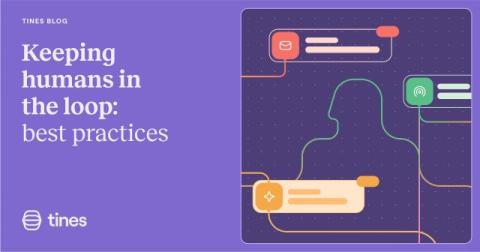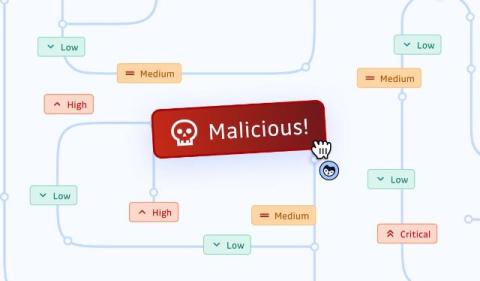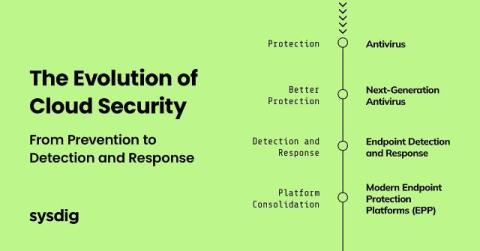Keeping humans in the loop of AI-enhanced workflow automation: 4 best practices
In today's rapidly advancing technology landscape, the role of people in workflow automation and orchestration is more critical than ever. At Tines, we firmly believe that human oversight should be an integral part of important workflows, ensuring that all decisions are grounded in context and experience. AI in Tines is secure and private by design. This means the platform doesn’t train, log, inspect, or store any data that goes into or comes out of language models.










